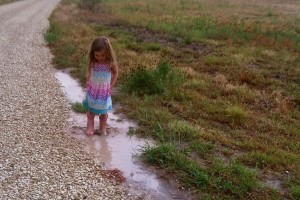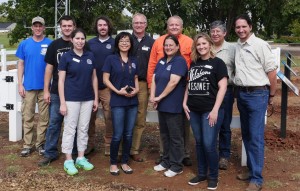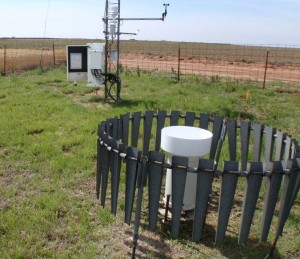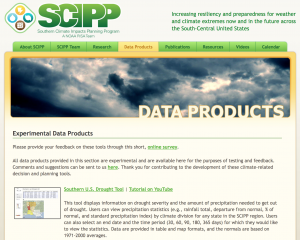Western Oklahoma’s latest rain was critical to the success of this year’s winter wheat and canola crops. It also brought much needed relief to fire fighters as it drenched areas where large, devastating fires occurred in early March. The rain came with storms on March 28-29, 2017.
If we just looked at rainfall totals, we’d be hard pressed to believe that 2017 is dealing with “dry” year conditions. That’s because rainfall totals since January 1st fail to tell the story of real-world conditions. One has to drill down and scrutinize rainfall totals under the microscope of daily rainfall events and amounts. And the Oklahoma Mesonet has just the tool to do that, the Mesonet Long-Term Averages Graph maker. Continue reading





